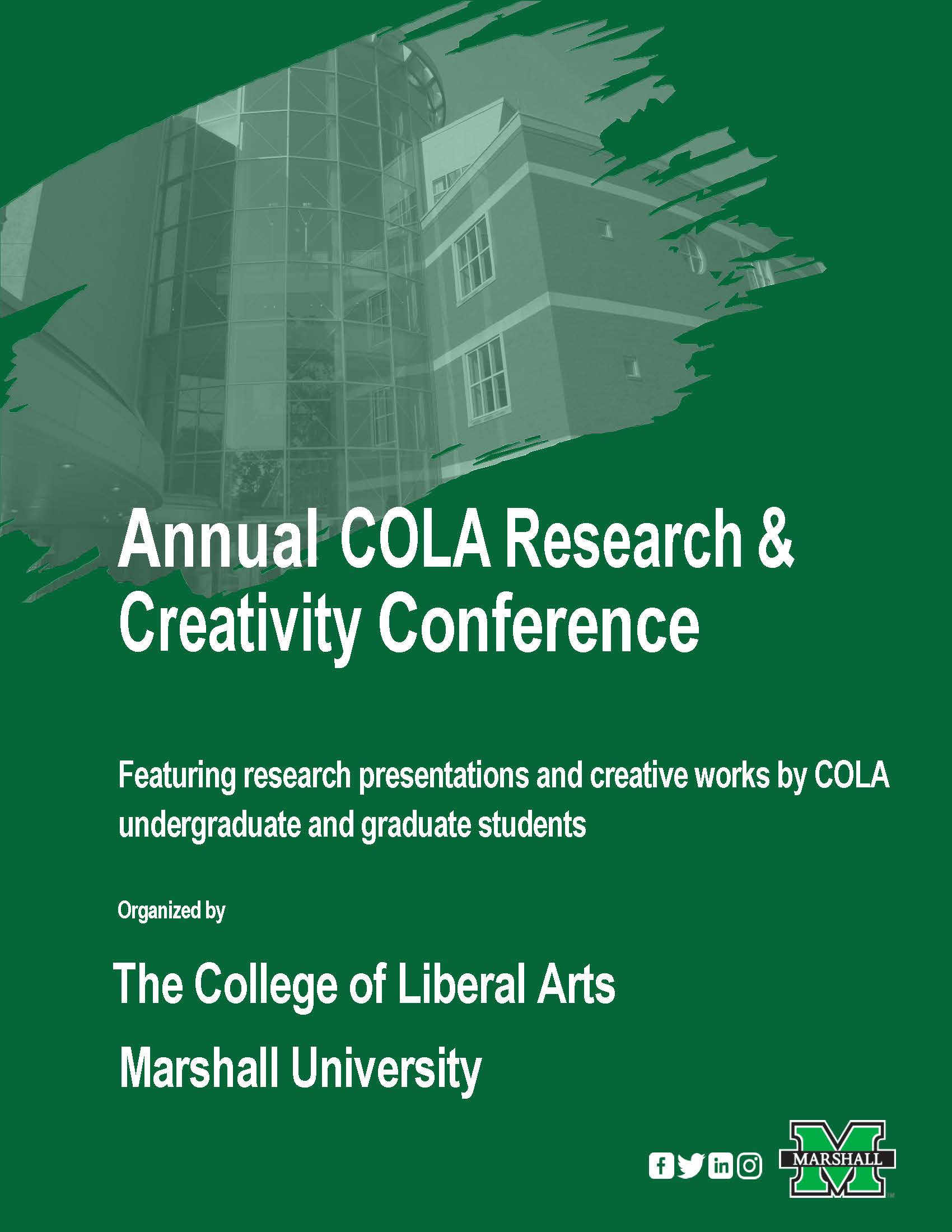Understanding and modeling changes in KYOVA tri-state housing data from 1970 to 2010
Document Type
Panel Presentation
Keywords
housing, statistics, geography
Biography
Jasper S. Ball is an interdisciplinary undergraduate student in Geography with minors in Political Science, General Business, and Management. He has a major interest in community and economic development and planning. He is currently working as a REALTOR in the Huntington area. He is an advocate of the Huntington Music and Arts scene. He has plans to continue attending Marshall University for his Master's in Business Administration.
Major
Geography
Advisor for this project
Jonathon Kozar
Abstract
This research explores spatial statistics and visualization for Census and American Community Survey variable changes from 1970 to 2010 in the KYOVA region. The created variables “Change in Median Home Value”, and “Change in Total Units” are selected for statistical and visual spatial analysis through map comparison, Global and Local Moran’s I tests, Gettis-Ord Gi* tests, and for use as dependent in an Ordinary Least Squares regression model. These results are discussed within a conceptual framework with briefs on central place theory, deindustrialization, suburbanization, systems thinking, demolition policy, building obsolescence, historic preservation, and mobility/migration as these concepts have power to explain some results of the spatial statistics and visualization. Resource limitations and areas for future research inquiry are identified. The intent of this research is for potential application to decision making.
Understanding and modeling changes in KYOVA tri-state housing data from 1970 to 2010
This research explores spatial statistics and visualization for Census and American Community Survey variable changes from 1970 to 2010 in the KYOVA region. The created variables “Change in Median Home Value”, and “Change in Total Units” are selected for statistical and visual spatial analysis through map comparison, Global and Local Moran’s I tests, Gettis-Ord Gi* tests, and for use as dependent in an Ordinary Least Squares regression model. These results are discussed within a conceptual framework with briefs on central place theory, deindustrialization, suburbanization, systems thinking, demolition policy, building obsolescence, historic preservation, and mobility/migration as these concepts have power to explain some results of the spatial statistics and visualization. Resource limitations and areas for future research inquiry are identified. The intent of this research is for potential application to decision making.




